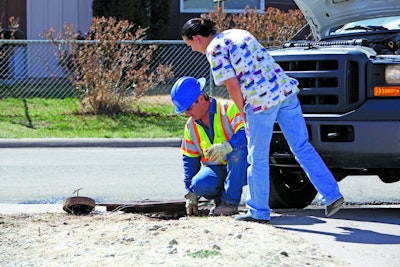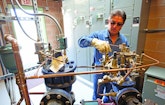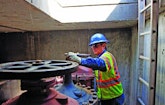
Pipefitter Jeff Romero wears many hats at the Los Alamos County (N.M.) Department of Public Utilities. He oversees maintenance and construction projects for water, wastewater and gas systems, troubleshoots customer problems over the phone, and makes sure the people of Los Alamos...










